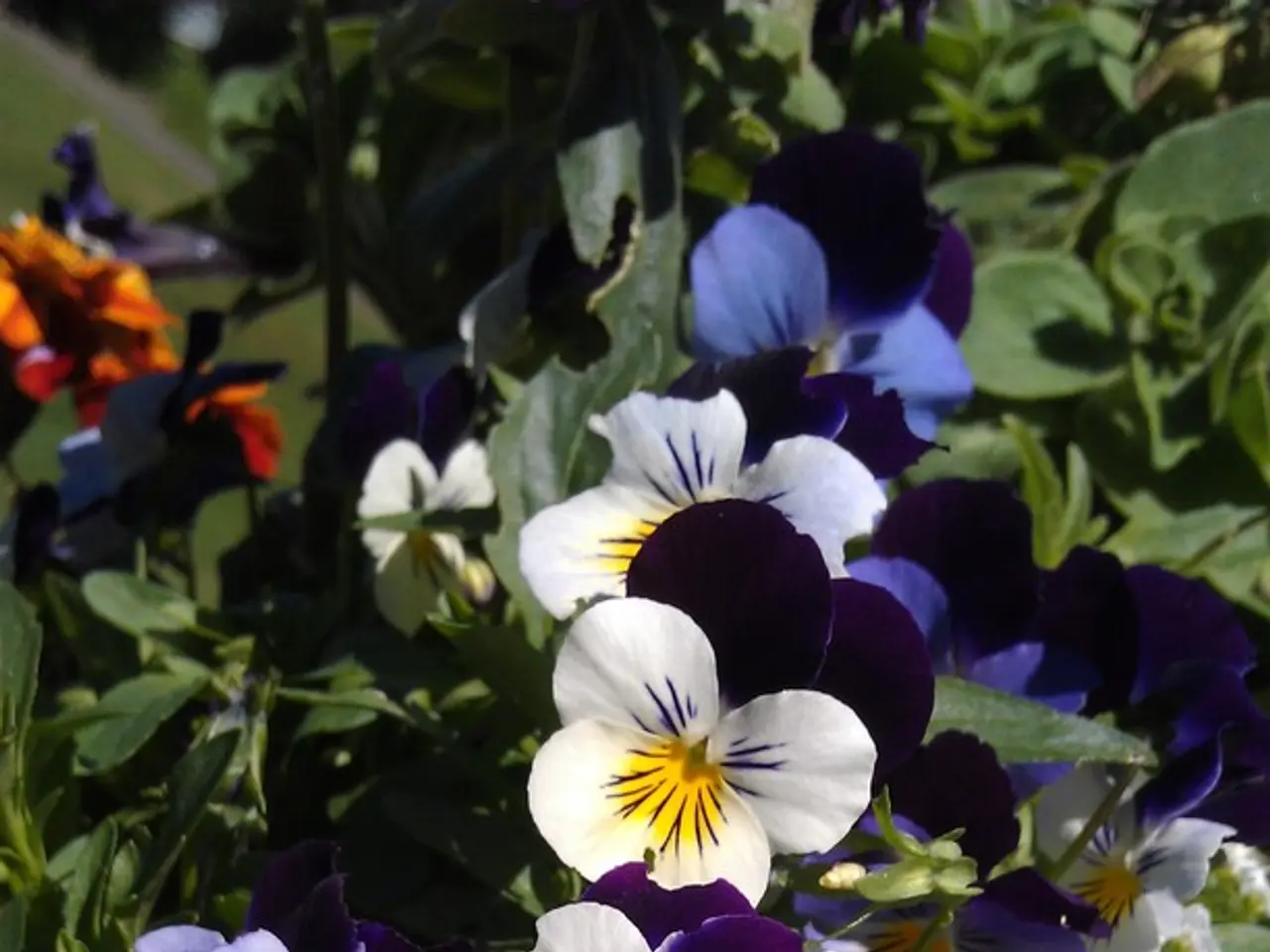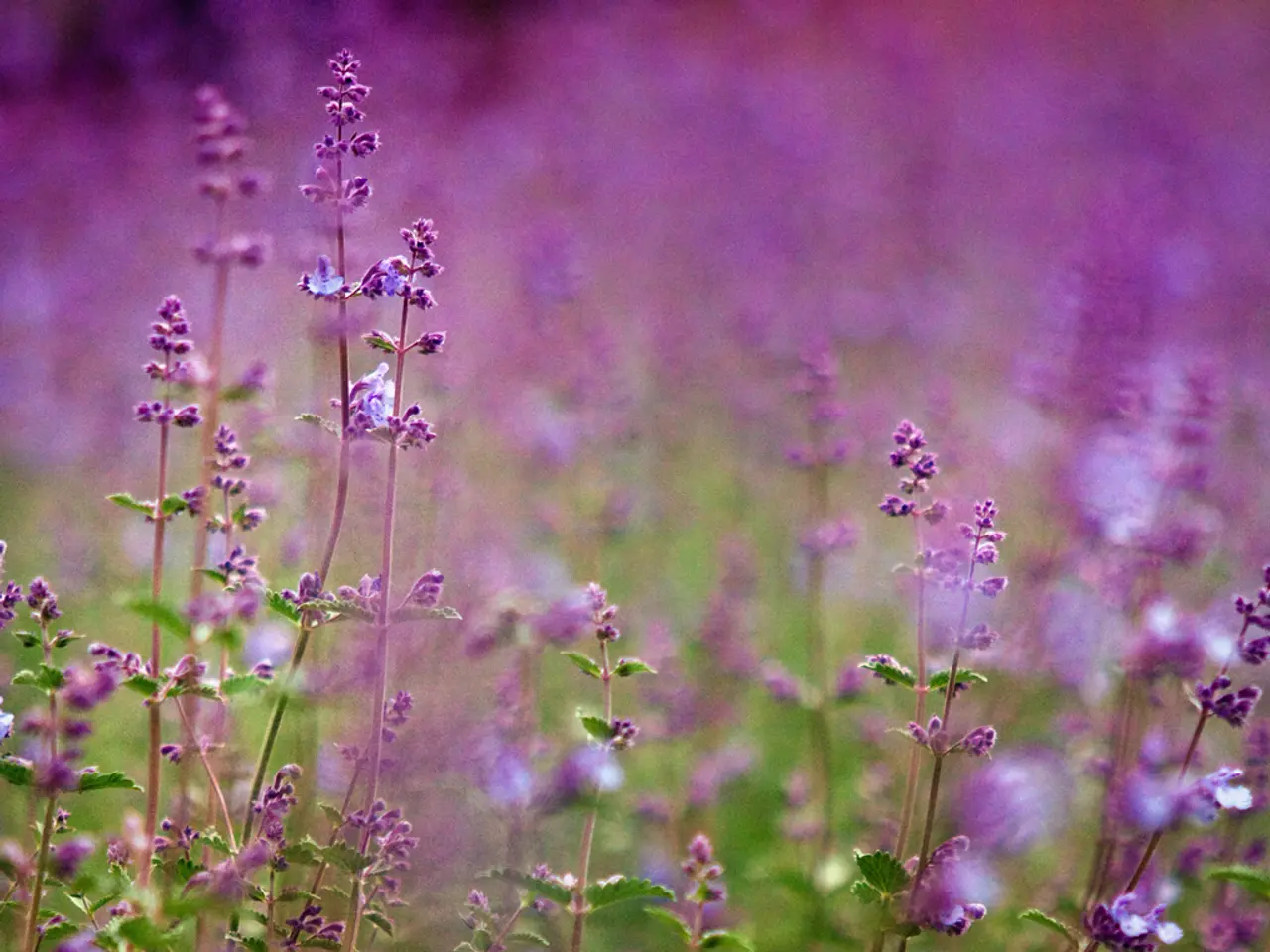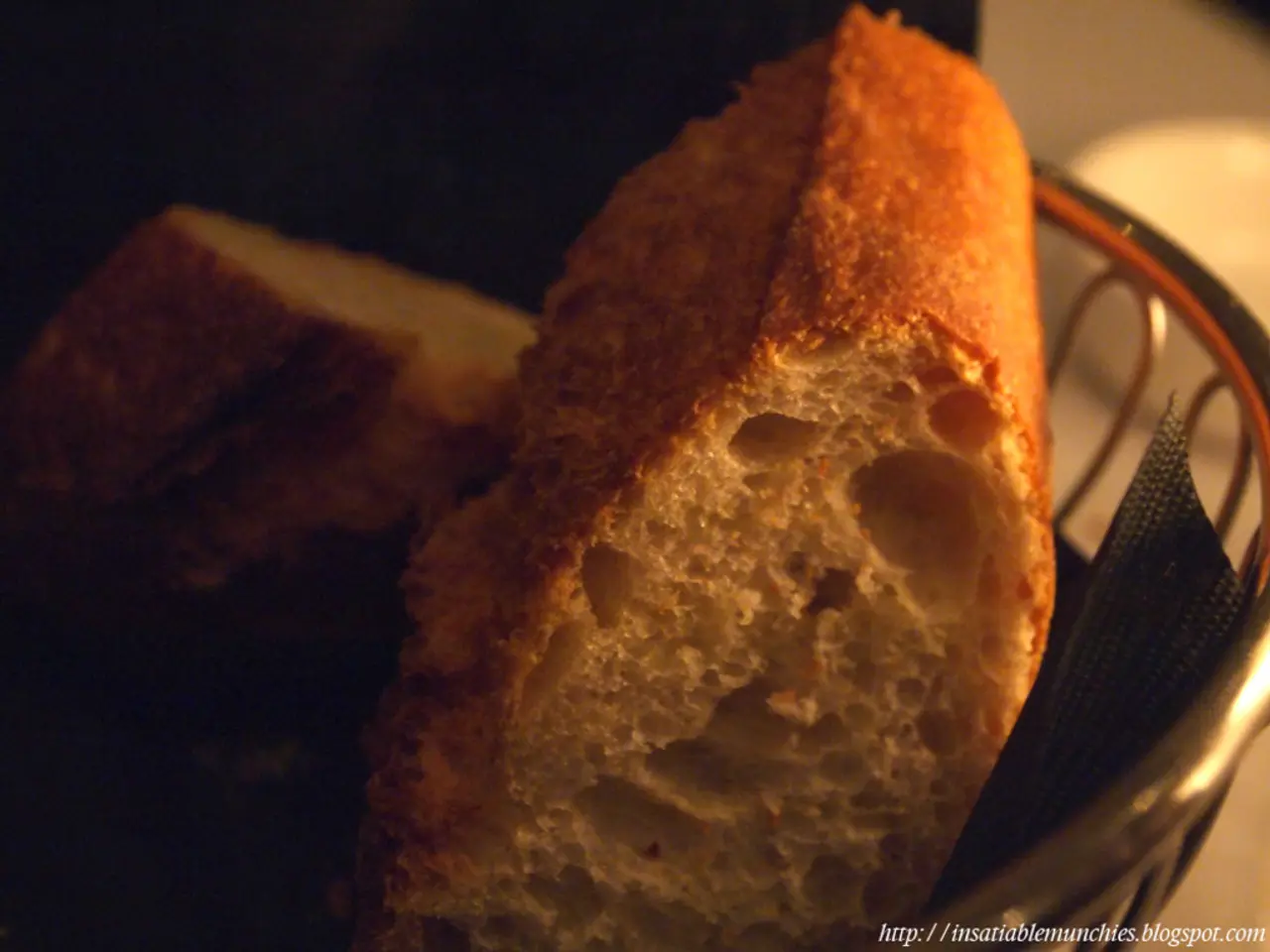Straw Bale Garden Vertical Growth Strategies: A Guide for Maximizing Space and Yield
Ready to elevate your gardening game with straw bale vertical growing? This guide breaks it down for you!
What's the Fuss About Straw Bale Gardening?
Straw bale gardening is all about low-maintenance green thumbs! The first weeks are spent conditioning the bales, but once that's done, minimal effort is needed. Plus, garden pests and weeds are virtually nonexistent!
Conditioning your straw bales involves incorporating nitrogen to kickstart the composting process within the bale. You can choose to use organic or synthetic fertilizers during this process. Organic methods are preferred to avoid synthetic runoff and its potential harm to your garden.
DIY Straw Bale Vertical Garden
Where to Snag Your Bales
Grab your bales from a local farmer's co-op or feed supply store. Remember, it's vital to steer clear of hay due to potential contamination. If in doubt, ask your supplier about their sources and avoid hay that's been treated with chemicals.
Tailor Your Timeline
Leave enough time to condition your bales before planting (usually three weeks). For optimal results, opt for organic approaches to conditioning as they can take a little longer to mature.
Straw Bale Placement
Decide how to arrange your bales in your garden: either horizontally or vertically. The horizontal setup tends to retain water better for summer conditions, while the vertical configuration offers taller bales and quicker drainage.
Trellis Your Vertical Garden
At some stage during the conditioning process, set up your trellis. This allows your vertical crops to soar right from the get-go!
Cattle Panel Trellis
Strong and easy to set up, cattle panel trellises are perfect for straw bale gardens. You'll require T-posts to secure the panels—one every 2-3 bales should suffice. Simply drive the T-posts behind the bales and secure the cattle panel using heavy-duty zip ties.
Tomato Cage Trellis
In case you don't have a cattle panel trellis on hand, stuff a row of tomatoes behind the straw bales and use large tomato cages as makeshift trellises. As your crops grow, they'll naturally ascend and share the cages.
What to Grow Vertically in Straw Bales
Most crops well-suited to raised beds can also flourish in straw bales, but here are some stars for climbing heights:
- Tomatoes (Indeterminate like San Marzano or Amish Paste)
- Cantaloupe
- Honeydew Melon
- Cucumbers
- Black-Eyed Peas
- Pole Beans
- Peas
- Any other vining crop
Squash and zucchini can also thrive in straw bales! They love the rich nutrients provided by the bales and complement being nestled between two tomato plants. Pay attention to plants like cantaloupe that may require additional support when their fruit starts forming.
Pro tips for Straw Bale Conditioning
First-time growers often overlook the importance of conditioning the bales before planting. Give the bales time to transform themselves into a nutrient-rich compost that cultivates plant life for optimal growth!
Know your local last frost date and schedule the conditioning process accordingly so you don't miss your planting window. If weather delays your planting, it gives the bales more time to develop added nutrients for an even healthier crop.
Conditioning Process for Straw Bales
- Use organic fertilizers such as blood meal, Milorganite, and Espoma pelleted chicken manure to condition your bales. For an all-purpose fertilizer, opt for Garden Tone.
- Adding 3 cups of a nitrogen source per bale every other day for 6 days, watering thoroughly each day, regardless of whether you fertilize.
- Another 1.5 cups daily for 3 consecutive days, watered, followed by 3 cups of Garden Tone on the final day.
- Water deeply and continuously for at least 3 days or until planting.
Final Thoughts
Start your straw bale gardening journey today, and you'll soon reap the rewards of this unique and efficient growing method. To dive deeper into the world of straw bale gardening, check out "Straw Bale Gardens Complete" by Joel Karsten and "Growing Vegetables in Straw Bales" by Craig LeHoullier.
Stay green and happy growing!
- For organic methods of conditioning straw bales for straw bale gardening, consider using organic fertilizers such as blood meal, Milorganite, or Espoma pelleted chicken manure.
- If you're looking for an all-purpose fertilizer for conditioning straw bales, Garden Tone is an excellent choice.
- To help your straw bale garden thrive, consider adding composting to your lifestyle, as compost plays a vital role in providing nutrients for your plants.
- To further elevate your gardening knowledge, explore home-and-garden podcasts, garden resources, and garden printables to learn more about gardening and straw bale gardening techniques.







